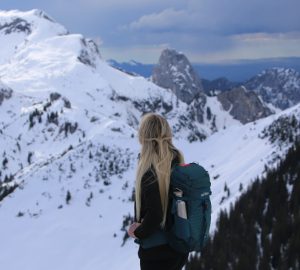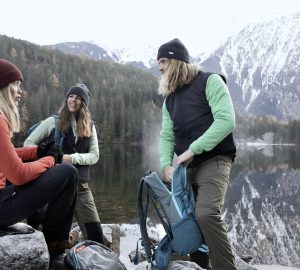A narrow path through the forest, an easy climb along the mountain, a path over stones and roots and our kids enjoy hiking. For us parents, however, it is not always easy to find a suitable tour for the little hikers. When planning, in addition to the adventure factor, other criteria such as safety, length, elevation gain and break highlights play a major role. Since I’ve been hiking with kids, I’ve been spending more time planning our tours, because a successful day on the mountain stands or falls with the choice of a suitable hike.
In this blog post I have summarized the most important points that you should consider when planning a suitable hike for kids. In addition, there are many tips on where you can start specifically with the tour planning.
Planning a hike for kids: These are the points parents should consider
Safety & adventure factor
A hike must fit the ability of your children, because safety on the mountain always comes first! For us parents, that means balancing safety and adventure when planning.
Hiking trails that fall into the category “easy” and therefore “safe” are often wide forest trails or farm roads that are boring for children. However, a tour should always have exciting trail sections in store, because for the little hikers, the path is the goal and especially uphill, adventurous trails are the best motivation.
With “moderately difficult” trails, it is therefore worth taking a close look, because “difficult” is not the same as “hard”. Hiking trails through the forest and over roots are exciting and train surefootedness without any real danger of falling. Easy paths that run along the mountain challenge children and add that certain adventurous spice to a hike, but they are still far from a difficult mountain trail.
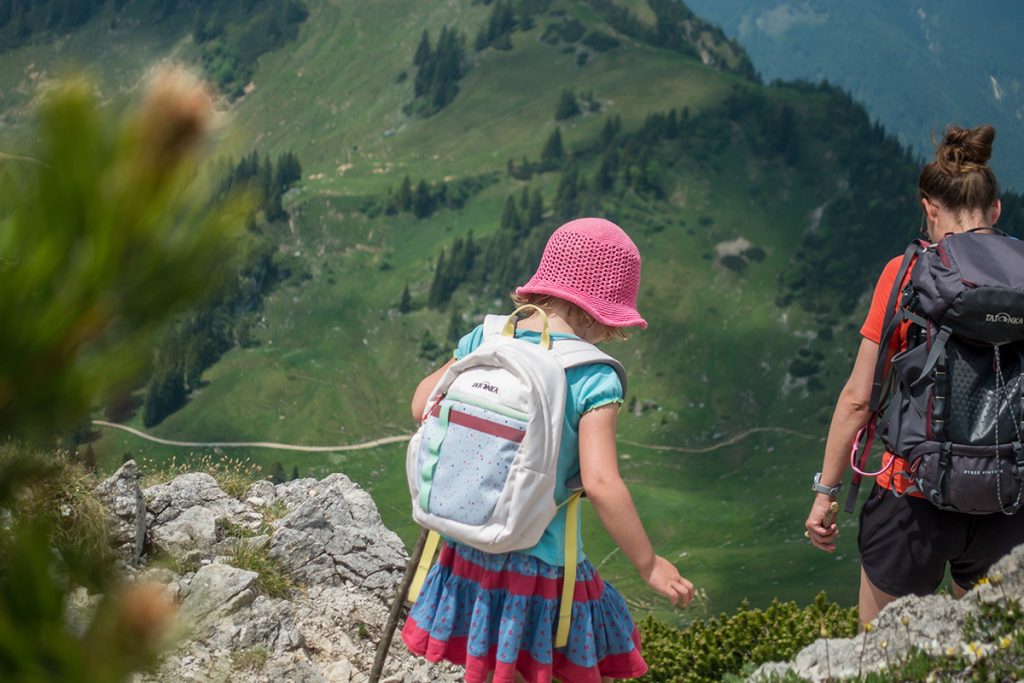
Length and altitude
The length and the altitude of a tour must fit the condition of your children. And this varies from child to child and sometimes also from day to day.
There is a simplified formula for the distance a child can hike: Age of the child * 1.5 = maximum distance. 100 meters of altitude are counted as one kilometer. This formula can serve as a guide. However, if the trail is exciting, you can go (much) further, and if the little hikers are not in good shape on the day, you can go less.
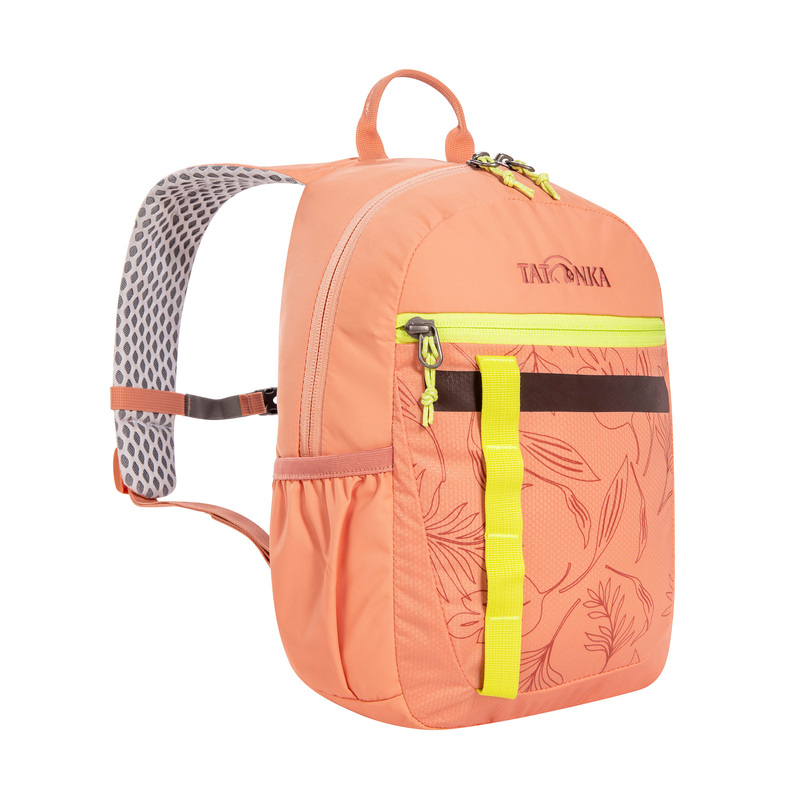
ObWhether for kindergarten, preschool, day trips or adventurous hut tours: At Tatonka you and your child will certainly find the right kid’s backpack.
In different sizes and designs and with many practical features.
Time
Plan plenty of time for your hikes with children, because for them hiking means first and foremost “playing” and they want to discover nature along the way. If we parents constantly push them to keep hiking, we take away the joy of being on the trail.
If you hike tours according to regular hiking guides, then simply calculate with small children double or 1.5 times the indicated walking time. My personal experience is: No matter how short or long our planned tour may be, we are always on the road for a complete day. With a longer hike we motivate more and have the time better in view, with a shorter tour we are more leisurely on the road and extend our breaks.

Break highlights
As we all know, the best part of hiking are the breaks. A planned hut stop as a break highlight is very attractive for children. But beautiful places in nature, such as a lake, a stream, a large meadow or a shady spot in the forest are also suitable break spots. Children can find wonderful things to do in nature. If we parents then conjure up a small dessert for the snack from our backpacks, the break is perfect.

Exciting hiking destination
An exciting hiking destination motivates children to hike. For example, plan for a hut, castle ruins, swimming lake, waterfall, or cable car ride.
Seasons
When planning a suitable hike for children, you should consider the seasons and keep an eye on the weather. I would not go on a tour entirely without shade in midsummer. In spring and fall, it’s best to take trails that don’t lead permanently through the forest, so you can get more sun. For snowy wind hikes, the “boring agricultural paths” are the best choice, because with a toboggan in tow, nothing stands in the way of a fun toboggan run after the ascent.
Here you can plan a suitable hike for children
Now you know the most important criteria that you should consider when planning a suitable hike for children. So much for the theory. Now let’s look at where you can plan a family hike.
How to motivate your kids to hike is explained by Stefanie in another post.
Hiking guidebook
There are numerous hiking guides in book form that take the work out of planning a hike for families. A good hiking guide will give you information about the length, altitude, difficulty, highlights and refreshment stops of a tour. There are also pictures, a description of the tour and a map showing the hike. Publishers are also keeping up with the times and, in addition to a hiking guide in book form, offer the GPS data of the tours as a GPX file for download. This allows you to display the hikes in an app such as Outdooractive or Komoot.
I personally like to use hiking guides when planning our tours. Especially when we are hiking in a region where I am not familiar with. The guides give a good overview and are usually so comprehensive that they describe less frequented trails in addition to the hikes that are considered highlights in the corresponding region.
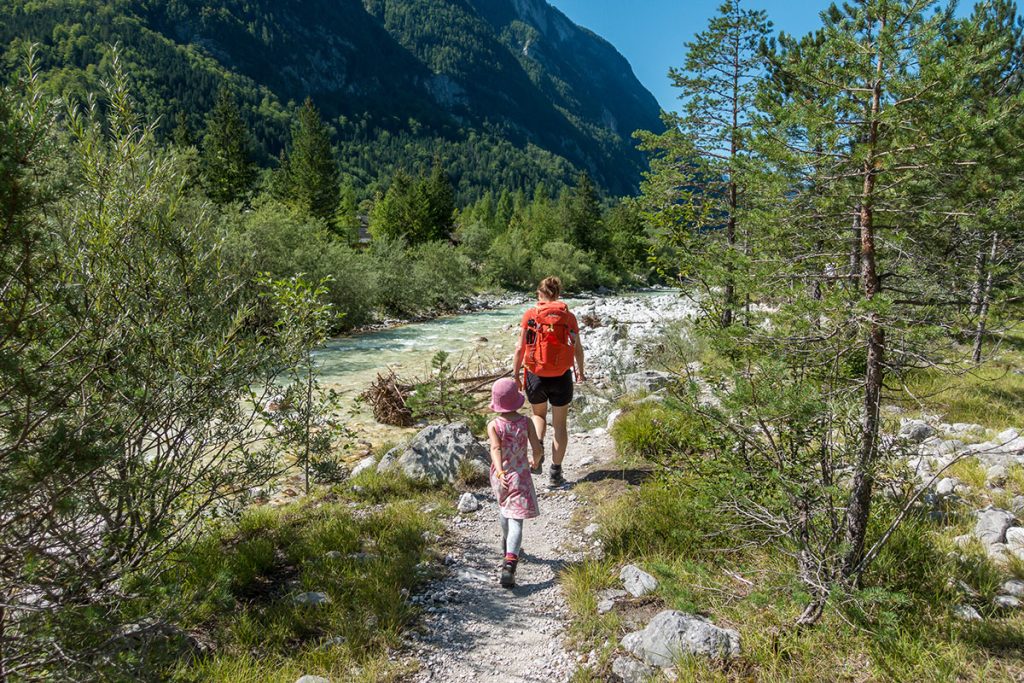
Route planner apps
I myself use the app Komoot, an app for route planning and navigation, in addition to hiking guides to plan our family hikes. Our previous tours are publicly available there on my Komoot profile and you are welcome to re-hike them. A practical aspect of planning a tour with the app is that you can display places on the map that make a route exciting for children, such as playgrounds or wildlife preserves.
Side note: What do the different trail categories on Komoot mean?
When planning with the app Komoot, there are different trail types, which are marked T1, T2, T3 and T4:
- T1: Hiking, easy valley trail
- T2: Mountain hiking, easy mountain trail
- T3: Demanding mountain hiking, moderately difficult mountain trail
- T4: Alpine hiking, difficult mountain trail.
Personally, I plan our hikes with children on trails marked T2. I categorically exclude trails in the T4 category and I currently only plan mountain trails in the T3 category if they are very short sections.

Hiking maps
You can also plan a hike “classically” with a hiking map. To do this, you must be able to read the map correctly, and the altitude and length of the tour are usually an estimate. I own a map for many hiking areas, so I have a good overview of the trail network, the huts, cable cars and peaks in the vicinity. In addition, I can see at a glance if a hike is close to our accommodation, for example. For the concrete planning of a suitable hike for children, however, I prefer to use a hiking guide and an app.
My tip: Involve the kids in the planning. Tell them what highlights a tour has in store and where the trail is particularly adventurous. Children love it when we give them confidence. If you have suitable maps, you can show the children the planned route and discover together which symbols are marked along the route.
Side note: What do the different hiking trails on hiking maps mean?
On hiking maps, you can recognize marked hiking trails by the fact that they are marked in red:
- Trail: With a red line you can expect wide and easy hiking trails.
- Path: A dashed red line represents a hiking trail, which is usually narrow and requires surefootedness.
- Climb: If the red line is dotted, it is a climb that requires surefootedness and a head for heights.
A mixture of few paths and many trails is, in my opinion, a good choice for a hike with children.
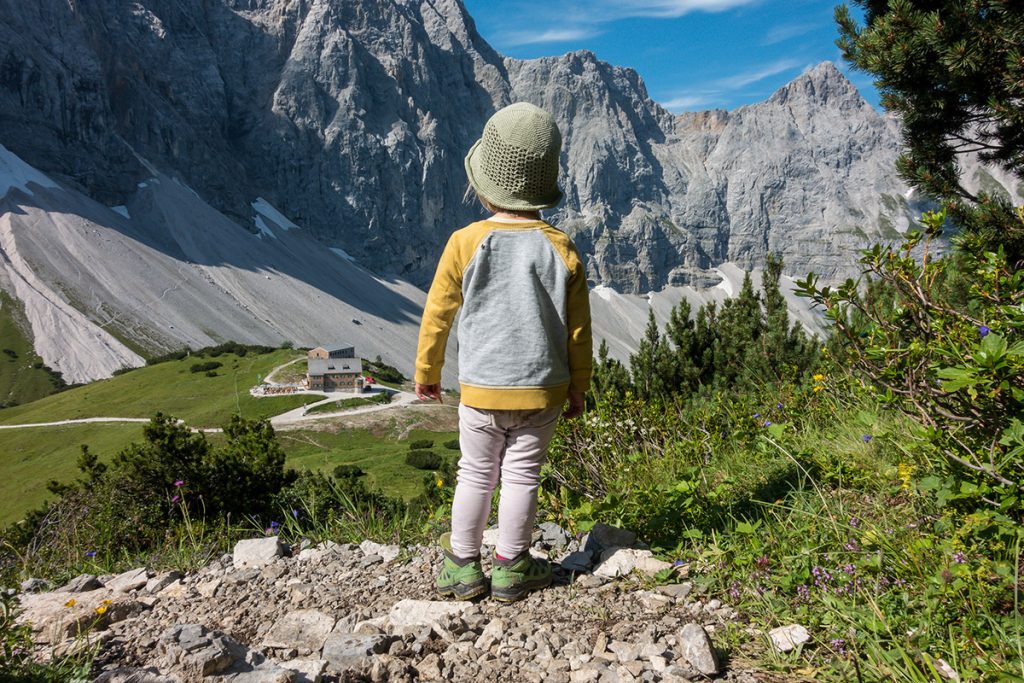
Tourist information
Tourist information is a good place to start if you want to know more about suitable hikes for children in a vacation region. My experience is that the staff and the brochures are very cautious with their assessments and tend to advise relatively easy tours with children. However, a lot has been done in the right direction in the meantime. In addition, there are really very nice themed hiking trails for children, where families walk from “station” to “station” and where even boring sections of the trail are quickly overcome.
Reading tip: 10 tips for a hut tour with children
Blogs & Social Media
Last but not least, you can also find out about suitable hikes for kids on blogs and social media. These two media are not suitable for a concrete planning, but very good to get inspired.
Please note that this post is only a recommendation from my side to plan an exciting tour for children. I do not know the ability and surefootedness of your children. Basically, your safety should always come first. And please remember: turning back is not failure!
Hiking with children has shown me once again how important it is to plan a suitable tour well. As a family, we hike shorter tours, which I plan in detail beforehand or take a good look at, so that they fit the needs of my children.
When hiking with kids, the phrase “the journey is the destination” has taken on a whole new meaning once again and that’s one point why I love our family tours. Looking closely instead of always just “higher, faster, further”.





